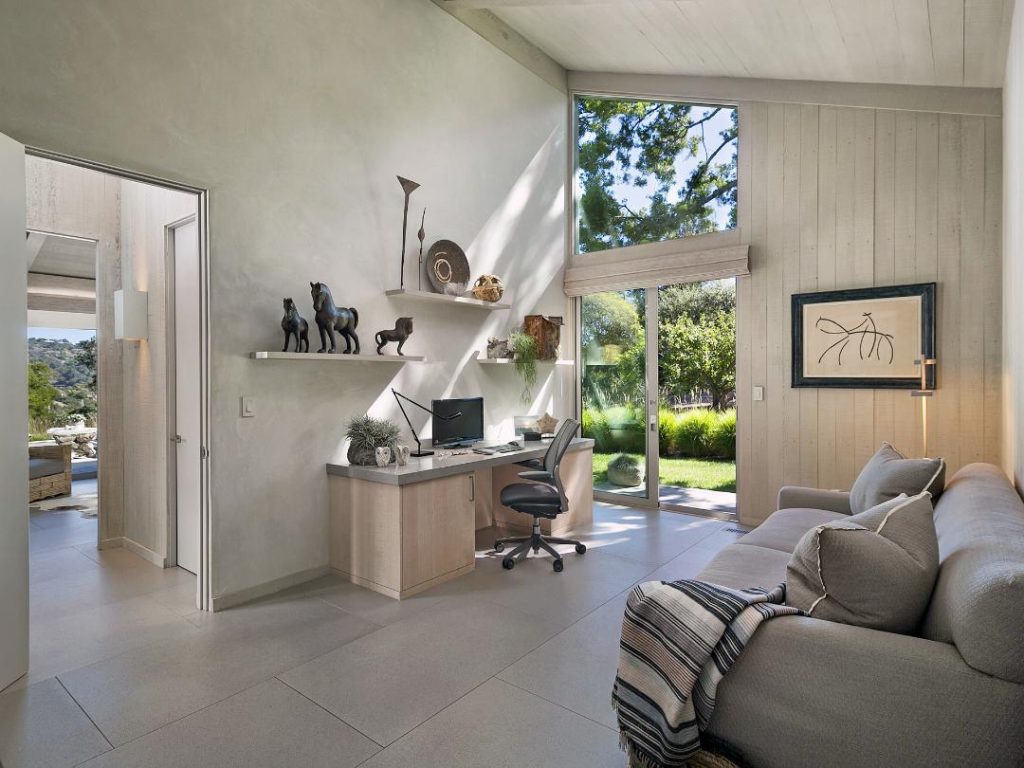July 29, 2021

A big part of the current surge of people moving to Santa Barbara has a lot to do with longing. Many of the newly arrived have actually been here before. Some were born and raised, then moved away for school or work. Others lived in Santa Barbara temporarily for college. Still more were married here or, growing up, visited on vacation. All of them, it seems, have since been longing to come back.
“For many, there’s always been that Rubik’s Cube,” says Josiah Hamilton, a realtor with Berkshire Hathaway. “They’re wondering, ‘How do I get back to Santa Barbara?’”
As we all know, Santa Barbara is an appealing place to call home, with interesting history, culture, architectural design, and a vibrant countywide food-and-drink scene. And, of course, we have the mountains and the sea — plus those islands — all of it blessed with great weather pretty much all year long.
“It’s a real lifestyle change for people coming from L.A. or the Bay Area,” says Hamilton, whose local family roots date back four generations. “Santa Barbara is a pretty good choice.”
Ramping up last year during the peak of the pandemic, there’s been a big shift to remote working, remote learning, and just about remote everything. That makes a beach town like Santa Barbara become “even more appealing because the walls of commerce have disappeared,” adds Hamilton.
It’s true, a lot of people have moved away from California to states with lower tax rates. But at the same time, now with the ability to work from home, people are also figuring out ways to remain in the Golden State, or to return. And it doesn’t hurt that L.A. is only a two-hour drive, and the Bay Area is about a six-hour road trip. Also, in recent years, Santa Barbara Airport has increased the number of flights to travel hubs and major destinations.
But this big shift of people leaving the big cities to settle in small towns isn’t exactly new, according to those who watch the trends. While the social distancing and work-from-home realities of 2020 certainly piqued interest in people wanting more elbow room than their metropolitan counterparts, this uptick dates back at least five years. Overall, during that time frame, growth in cities has trended slightly downward as suburban populations have sloped up.
Finding a path out of the concrete jungle has been easier as work-from-home resources — such as strong and dependable wireless services, for example — have become more abundant and affordable. Some employers have also become more lenient in recent years, allowing workers to punch in remotely at least once a week. As the pandemic shut down indoor gathering spaces, dedicated remote workers proved that many businesses could stay successful even without the traditional shared office space.
“The pandemic has changed how we look at our homes,” says Hamilton. “Now, a home is less a place just to eat and sleep and be with your family. Your home is now your fortress, self-contained, where you have everything you need to live and work and play and raise a family and have people come over.”
In that respect, when a home sells and its new owners arrive, they’re not just looking at the home office space, but also at the interior and exterior living spaces as places to be able to conduct business and take online classes.
But the perfect at-home workspace setup is a rare product in the real estate market. Often, these spaces have to be built. While so-called Zoom rooms can be achieved with furniture and privacy features, new owners now often want to have the option of setting up their mobile desks in a private corner of the bedroom or outside in the quiet shade.
For some, all the pieces come together. Santa Barbara’s newest residents have found their way back — or arrived for the very first time — to a smaller, more tight-knit community with great weather, schools, and places to work productively, reliably, and safely.

